Reflections: CLIAHUB
Overview
The following is part of a series of reflections that I felt compelled to write near the end of 2020. This specific post is centered on my experience and perspective of the CLIAHUB COVID-19 testing facility at Chan Zuckerberg Biohub. Although I interacted with many of the teams during this period, I cannot effectively convey their perspective given the unimaginable volume of information that each of us had to digest and operate off of. There were holes in everyone’s knowledge, which resulted in quite a bit of whiplash early on as new information surfaced and changed our direction. This piece is more about my perspective from the trenches, but we did publish an article about how to build a CLIA lab for those who are interested in those details. It can be found here. I will not identify anyone here by name because I do not fully understand the legal implications of publishing my perspective, but I would gladly provide links to other perspectives once I am aware of them.
Reflection
I wasn’t involved in the original discussions regarding the formation of the COVID-19 Task Force when they were held in February, but from what I understand the original purpose of the group was to study asymptomatic adults and to provide screening for schools. Communications from the CDC and others on the last day of the month stated that the health risk to the general public from the novel coronavirus was low and common sense precautions could be taken to limit the spread of all infectious diseases. Within one week an employee of one of our collaborators tested positive and we began limiting on-site visitors and offering employees the opportunity to work from home. Within one week after that, I was pulled into an evening meeting where our infectious disease crew discussed how we were going to form a testing facility. This was precipitated by the closure of schools and actions Governor Newsom took to lower the barriers for clinical testing. My role in the machine wasn’t terribly clear at the start, but they thought it was necessary to have a few engineers on standby in case things needed some engineering.
By March 16th, CZ Biohub had proactively raised the defensive measures to the next level: visitors were barred from being on-site and non-essential personnel had to work remotely. Since I attended the meeting the Thursday before, I managed to make it into the “essential” bin. Although the prior meeting outlined the plan, everything was formalized on this day with all groups defined with a chain of command. My first week on the team largely consisted of attending daily sync meetings, receiving donated supplies, and acquiring sample collection tubes. I had trouble identifying the tubes and caps that others on the team wanted and was hesitant to reach out to the Italian company distributing them with so little information. Although I didn’t find it amusing at the time, I vividly recall the leader of the group overhearing my dilemma and somewhat harshly stating that “If there’s ever a time to take initiative, it is now. Everyone is loaded and you have to make decisions for yourself.” In hindsight, it is pretty clear that neither of us understood the other very well at that point and I think that we would both laugh now. The Italian company would later reply to an email stating something along the lines that their company, the world’s largest vendor of sample collection tubes, had to shut down since the virus disrupted their operations.We weren’t going to be able to source ready-to-use testing supplies, so my engineering role grew to finding a solution for making our own sample collection tubes in-house while others scrambled to receive donated instruments and get our clinical assay up and running.
Following the original meeting on the 12th, the urgency of CLIAHUB became apparent and I was faced with a mild conflict. The company policy was that individuals who were exposed to others who were sick would need to quarantine for 14 days before being allowed to return to the site. Since my housemates were naturally social people who were maintaining their lifestyle at the time, if they got sick, I would need to isolate for the duration of their illness plus 14 days, which would have been more than a month. I felt that the possibility of being quarantined posed an unacceptable risk for hindering the organization’s mission, so I talked with my supervisor about my concerns. After the conversation, I decided to commit. I packed up some essentials and a sleeping bag and secretly slept at work for 28 days starting March 13th.
In retrospect, although this did prove quite helpful for the organization on multiple occasions, it was motivated by a mix selfishness, ego, and urgency. Growing up with the values of boy scouts and parents who served as personal role models, I have a large sense of loyalty and service to others. I saw this as a unique and potentially impactful opportunity to both serve the State of California as well as CZ Biohub, both of which have provided me with countless opportunities. However, given that I was only one member of the bioengineering team, there were others who were more than capable of filling my role. Giving up the role didn’t really cross my mind and I think it’s because I wanted to do something meaningful even if it meant I had to be a bit dramatic.
The following paragraph is a tangent on how to sleep at work without being detected, so feel free to skip. Since I can imagine that most employers do not want individuals sleeping at work due to liabilities and since I didn’t want to be evicted, I went well out of my way to remain hidden. The CLIAHUB operated in two shifts - a morning shift and an evening shift, which meant that a certain individual would often show up between 0630 and 0700 to start their day and another would leave around 2300 after reporting results to the facilities that ordered the test and replying to a day’s worth of emails. In addition, I had to learn the timing for the graveyard janitorial crew so that I did not impede their work. Once the last CLIAHUBber took off, I would head down to the garage and fetch clothes to sleep in, my toothbrush and sleeping bag and haul it to my desk. Over a few days, I learned that the cleaning crew would start by cleaning the bathroom, empty the trash on Biohub’s floor, vacuum Biohub’s floor and then move to CLIAHUB’s floor. I tried to sleep in the meeting rooms on Biohub’s floor for the first few days after the crew took off, but I quickly became a spectacle among the crew as they would usually have their break on the same floor and noticed the door that they opened for cleaning was closed and there was some random dude in a bag on a couch. I started placing my shoes at the lower window by the door so they wouldn’t have to guess which room I was in. This wasn’t an effective approach as I learned that Biohubbers can arrive to the site at unpredictable times in the morning. This was problematic because I had to sneak back into the garage to drop off my sleeping bag and grab new clothes and a towel for the shower on the ground floor and the probability of being caught was moderately high. As a result, I ended up sleeping on the CLIAHUB floor for most of my time. I would continue to signal my room with shoes by the lower window, but would place the trashcan outside of the room since the crew came by quite a bit later. They didn’t vacuum the floors of these rooms, which proved convenient. I was always present throughout both shifts so jokes about me sleeping there began to bubble, which then turned into rumors. I believe that I only admitted it to my supervisors by the end.
By mid to late March, the group had successfully validated our first assay by that time and were bringing in UCSF volunteers to perform the assay as dictated by our certification. From this time forward, every instrument that was certified to perform a clinical assay was gifted a badge of honor for its service. However, it was clear that we had overlooked the volume of chemical waste the tests would generate, so I was promoted to be the leader of the new waste management team and trained the first set of waste management professionals on March 23rd. While I was glad to help with the role since others were burdened, I did admire the irony of the situation given that I had not generated chemical waste while at CZ Biohub and had to learn in the moment. At it’s peak, we processed 1000 gallons of solid chemical waste per week. To capitalize on the situation and help maintain morale, I informally referred to myself as the “king of chemical waste” and declared the group as “everyone’s favorite team”. I had also completed the initial design of the Bartender by this time with whatever parts we had on hand. The instrument was needed to produce our own sample collection tubes. It worked much like a soda dispenser, where you push the vessel against a lever and it dispenses the media into the vessel with the exception that it was programmed to dispense a certain volume for each tube. Shortly after completion we had our first emergency order for sample collection tubes, so a group of us raced to manually dispense 500 or so tubes.
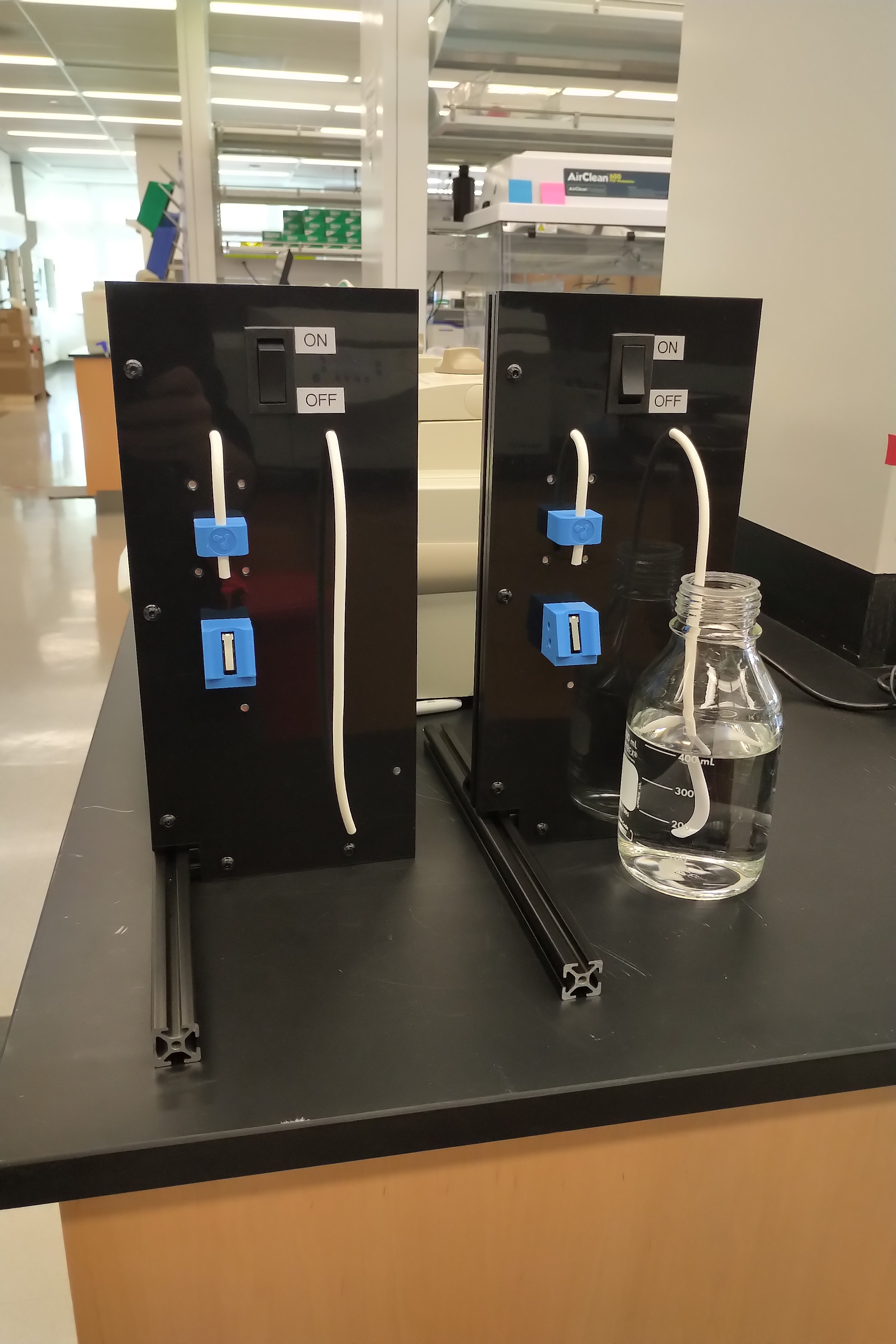
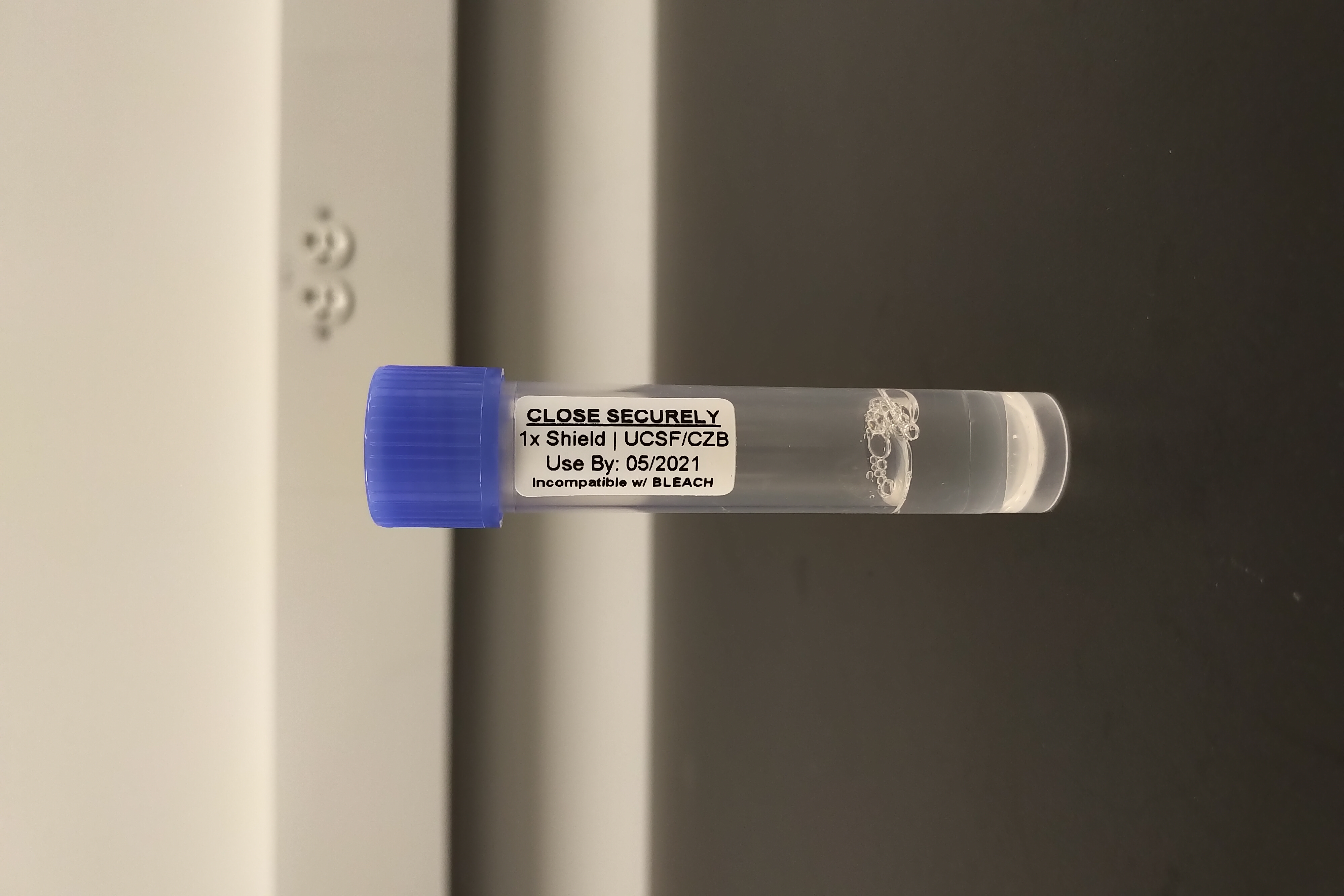
After completing our first emergency order for tubes, it was clear that this will be a growing trend and it would be better to be able to either produce them in bulk or carry an inventory. By March 27th, I completed the design and fabrication of the automated Bartender, which was capable of filling 96 tubes in less than 150 seconds. This significantly facilitated the tube production process and was our primary work horse as it allowed us to produce and distribute more than 150,000 testing kits throughout the State of California by the time I had left in August. Although the system had good throughput, it required more individuals to operate as it mean that 96 tubes had to be capped and new tubes had to be racked quicker than before. This led to competition between the squads as they fought for the coveted Corona Cup while jamming to a curated selection of Italian folk metal. The success of the instrument was noted by the internal testing efforts at UCSF and Stanford, so they requested clones of the machine and training to facilitate their own tube production. So, if you were swabbed by UCSF or Stanford and they put the swab in a 15mL conical tube, it’s likely that my machine was used to fill those tubes with their buffer. When I was swabbed at UCSF, the individual likely thought I was making up my story.
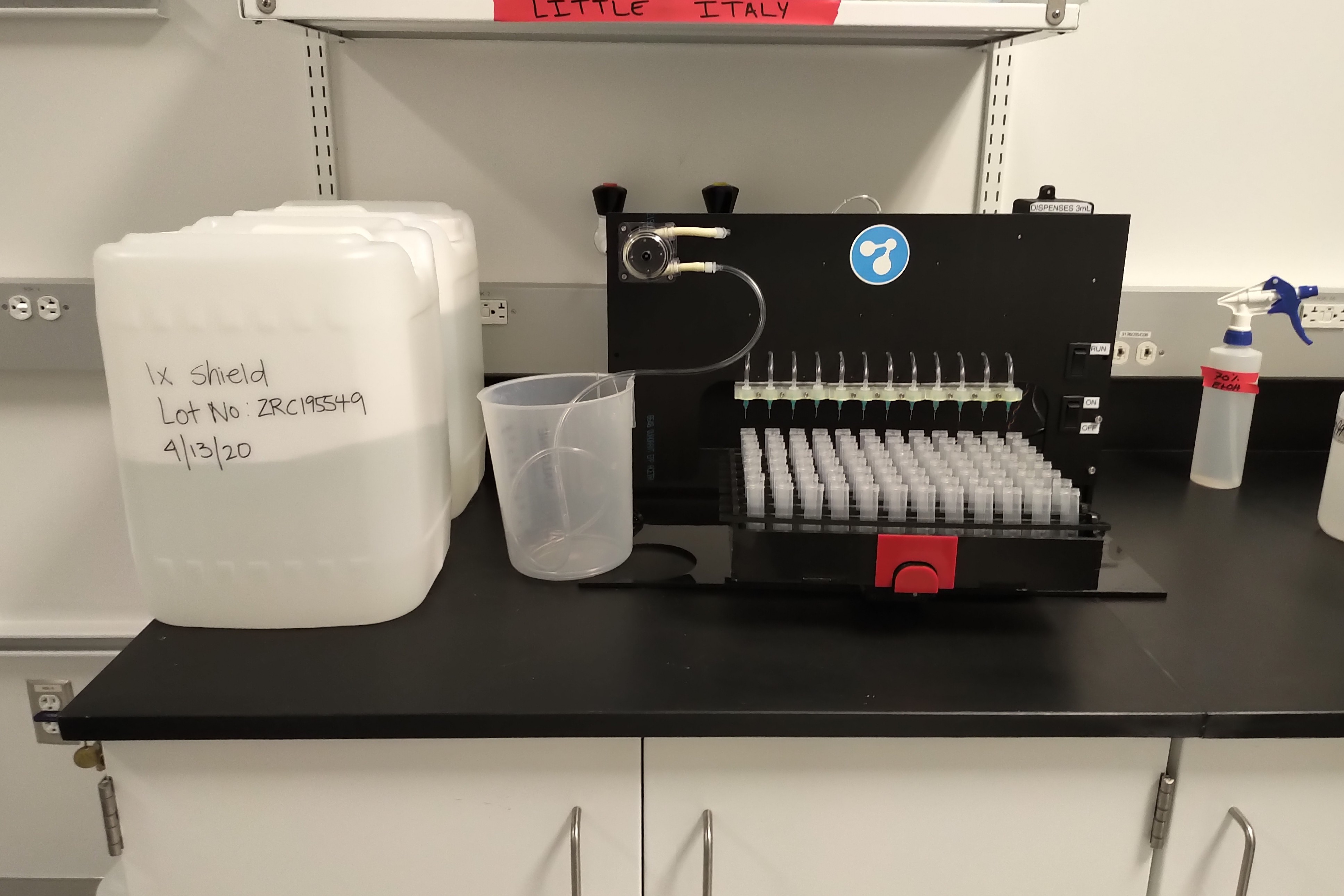


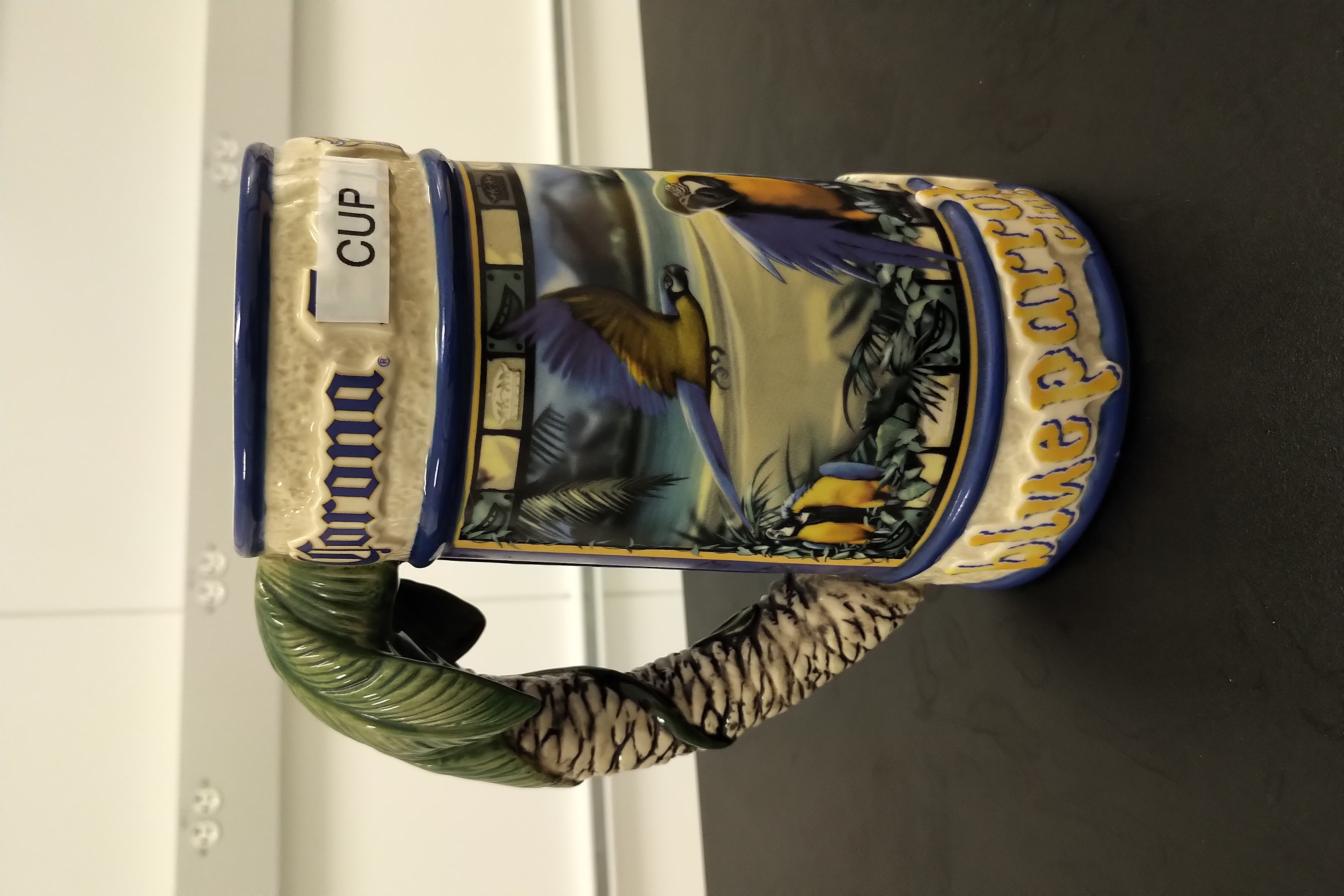
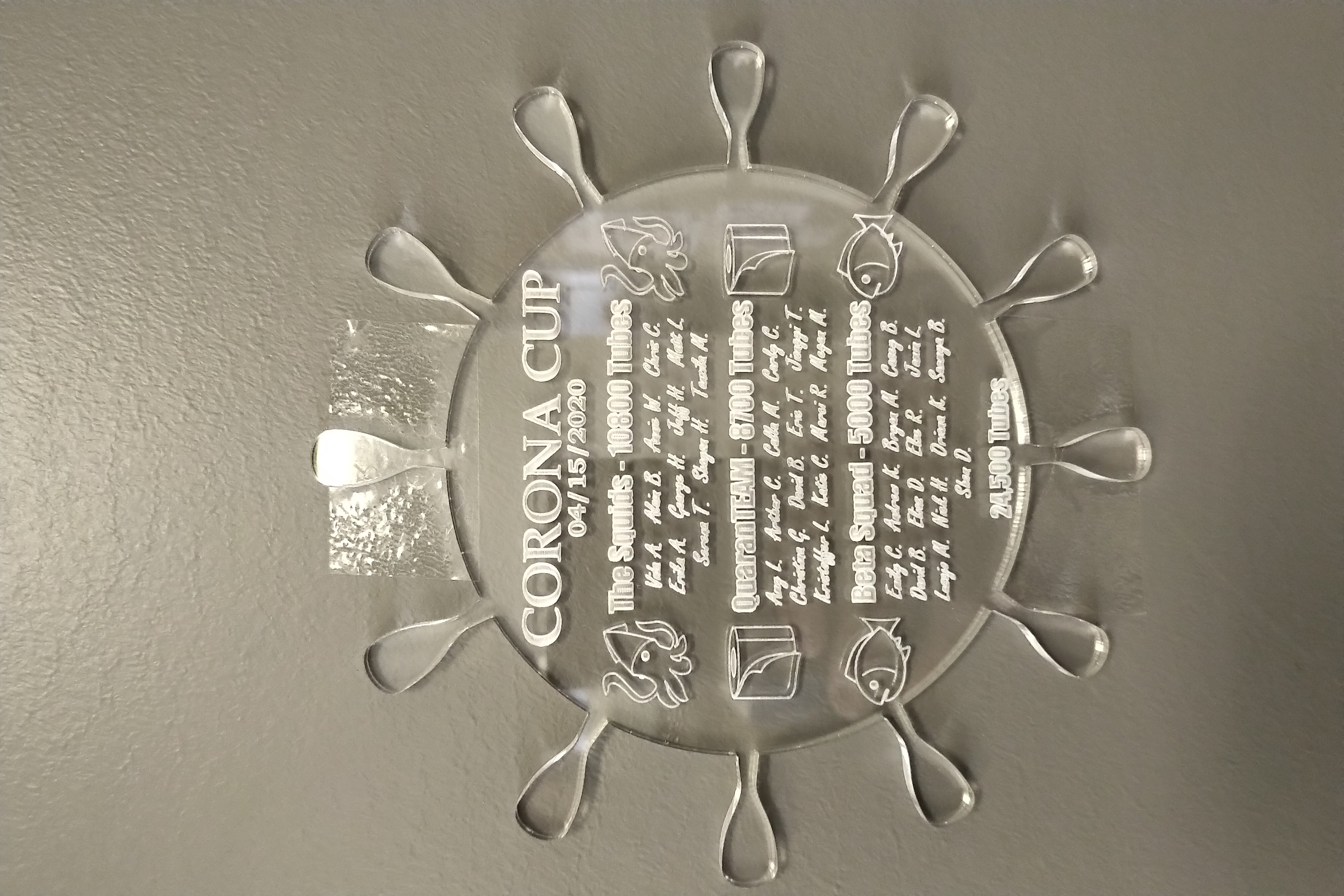
Most of the weeks that I slept at work are a blur for me and I don’t recall the order very well. I remember often being on standby to help the testing squads with whatever I could. There were some initial cross contamination issues that we believe were due to the build up of static charge, so we employed antistatic guns that were later turned into antistatic blowers followed by humidifiers and antistatic mats at the doors. More machines were brought online so the squads grew larger which meant that I had more waste management professionals to train and more badges of honor to produce for the machines. As operations scaled, it became difficult to manage all the incoming tubes, so I temporarily laser cut tube holders out of Agilent boxes so that tubes could be sorted in an organized way. There were also issues with consistency in our magbead plates, which I worked on solving and was later promoted to be a member of the reagents team as well. During this time, FedEx had also stopped delivering essential supplies, so I went through an extensive series of calls for locating and receiving permission to pick up our packages from a facility in South San Francisco. The lady at the Kansas City call center was driven to help us with our testing efforts and made it happen. She has been the only helpful FedEx individual that I have met, so I reported glowing feedback for her manager. It’s a bit unfortunate when someone stands out for being good at their job. Once the South City emailed me with information regarding packages for pickup, I began what would become frequent night time raids to pick up “undeliverable” packages.
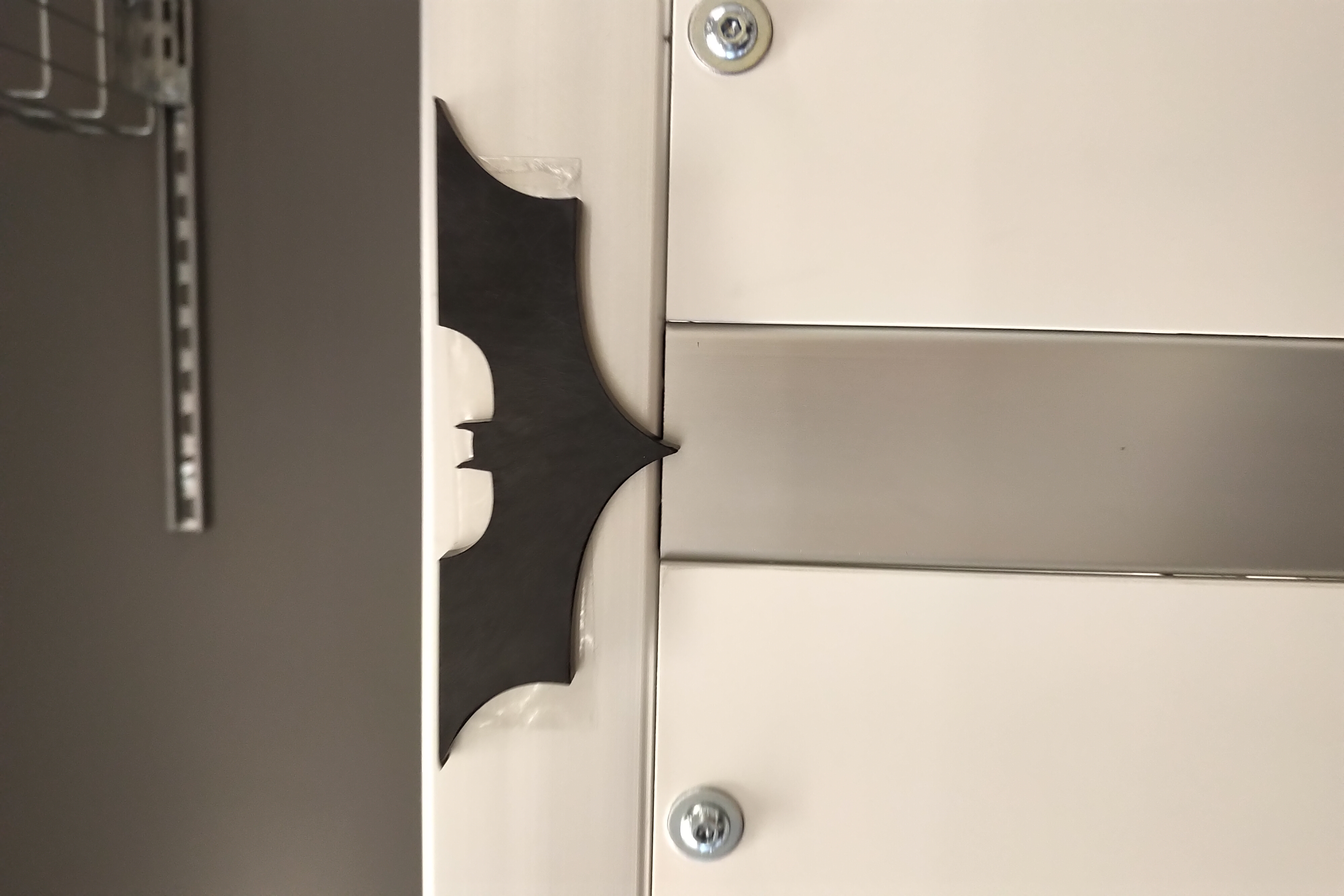
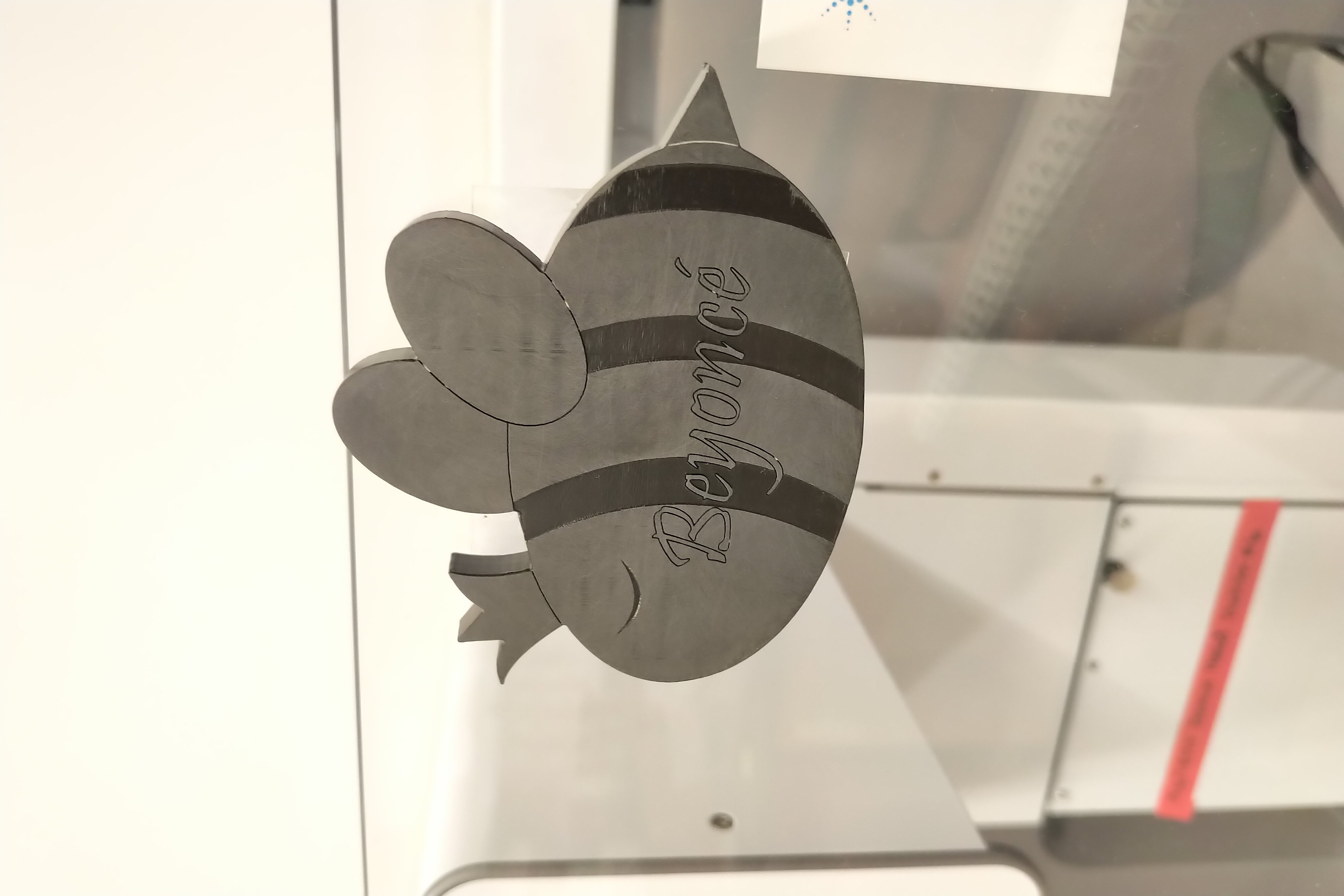
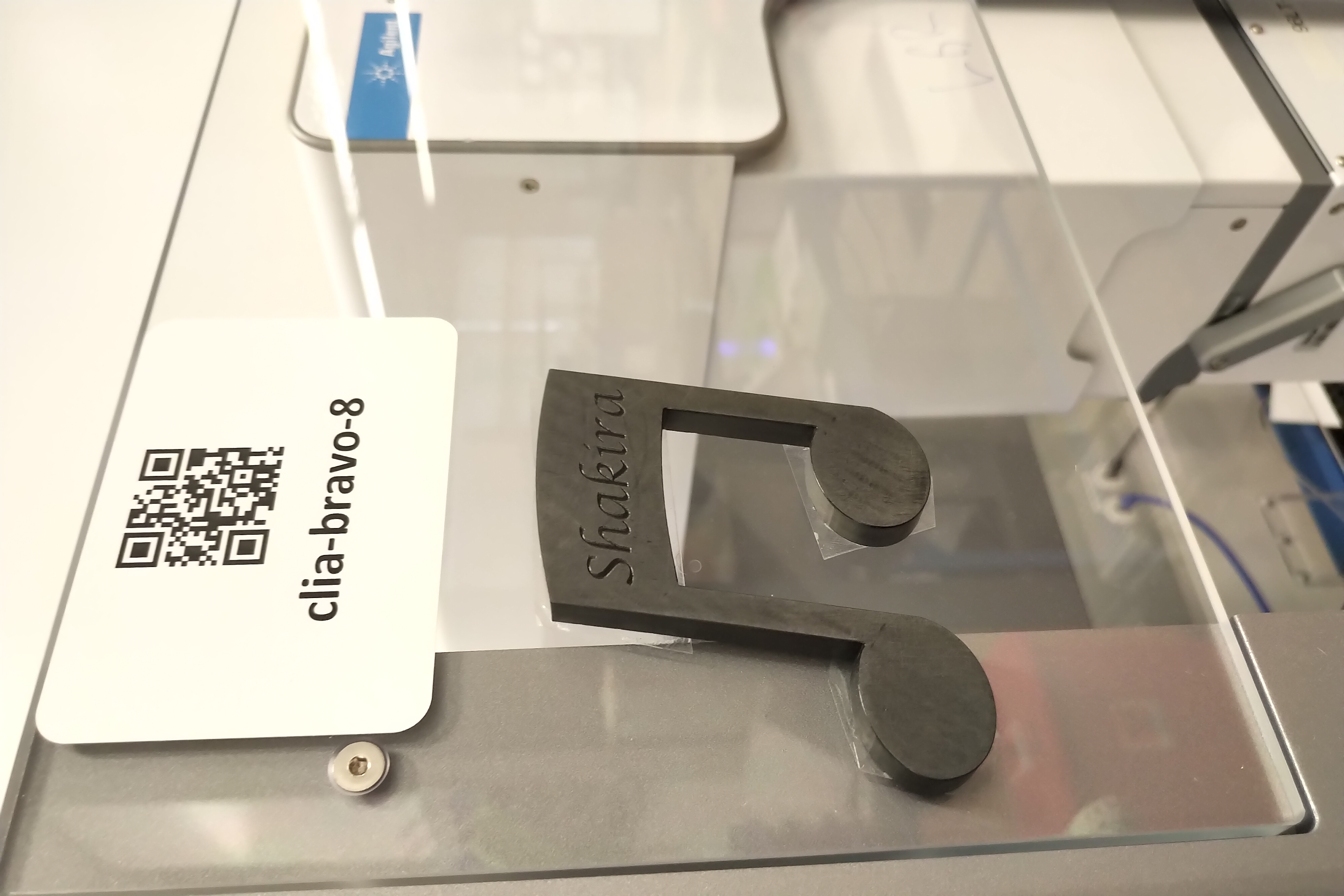
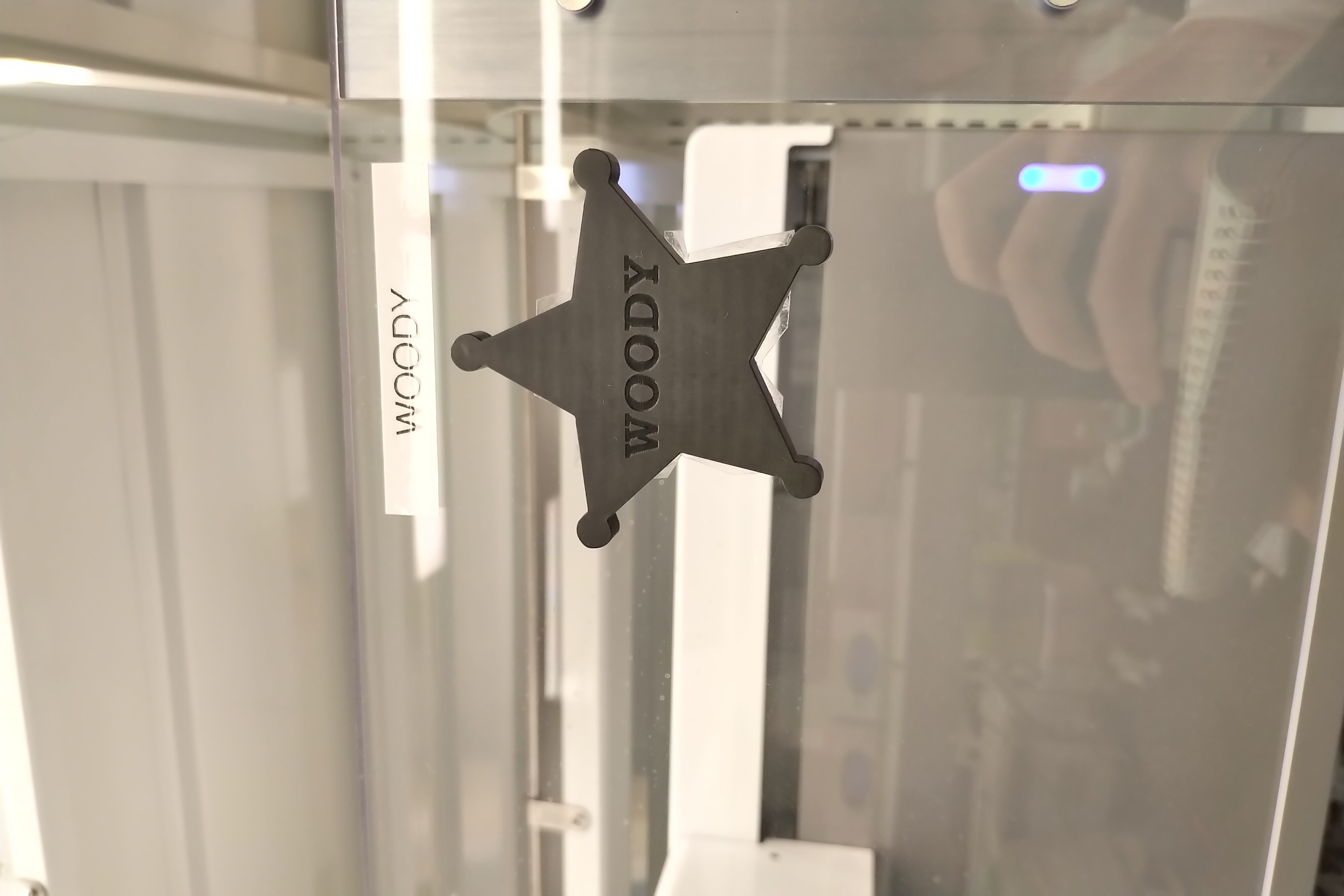
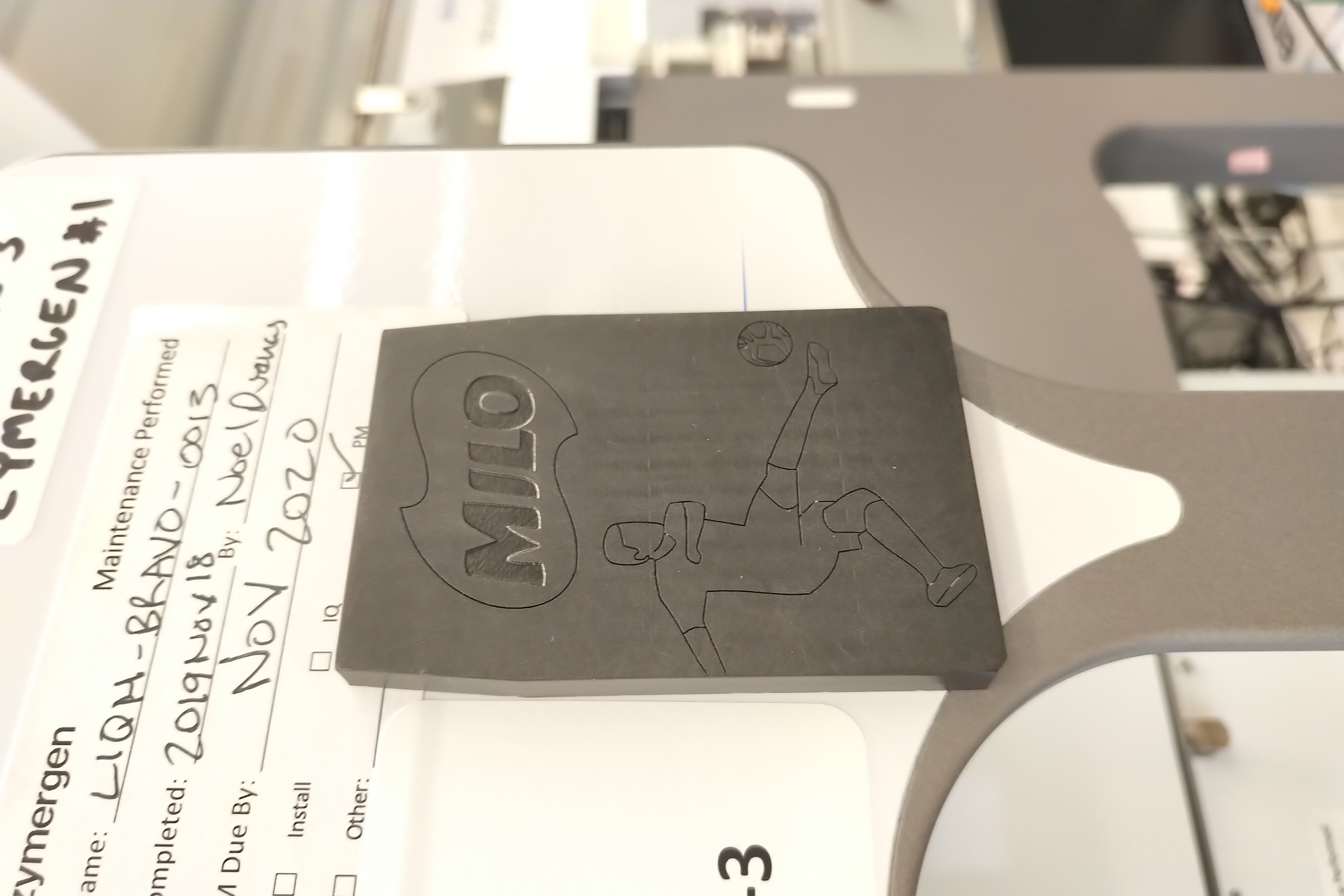

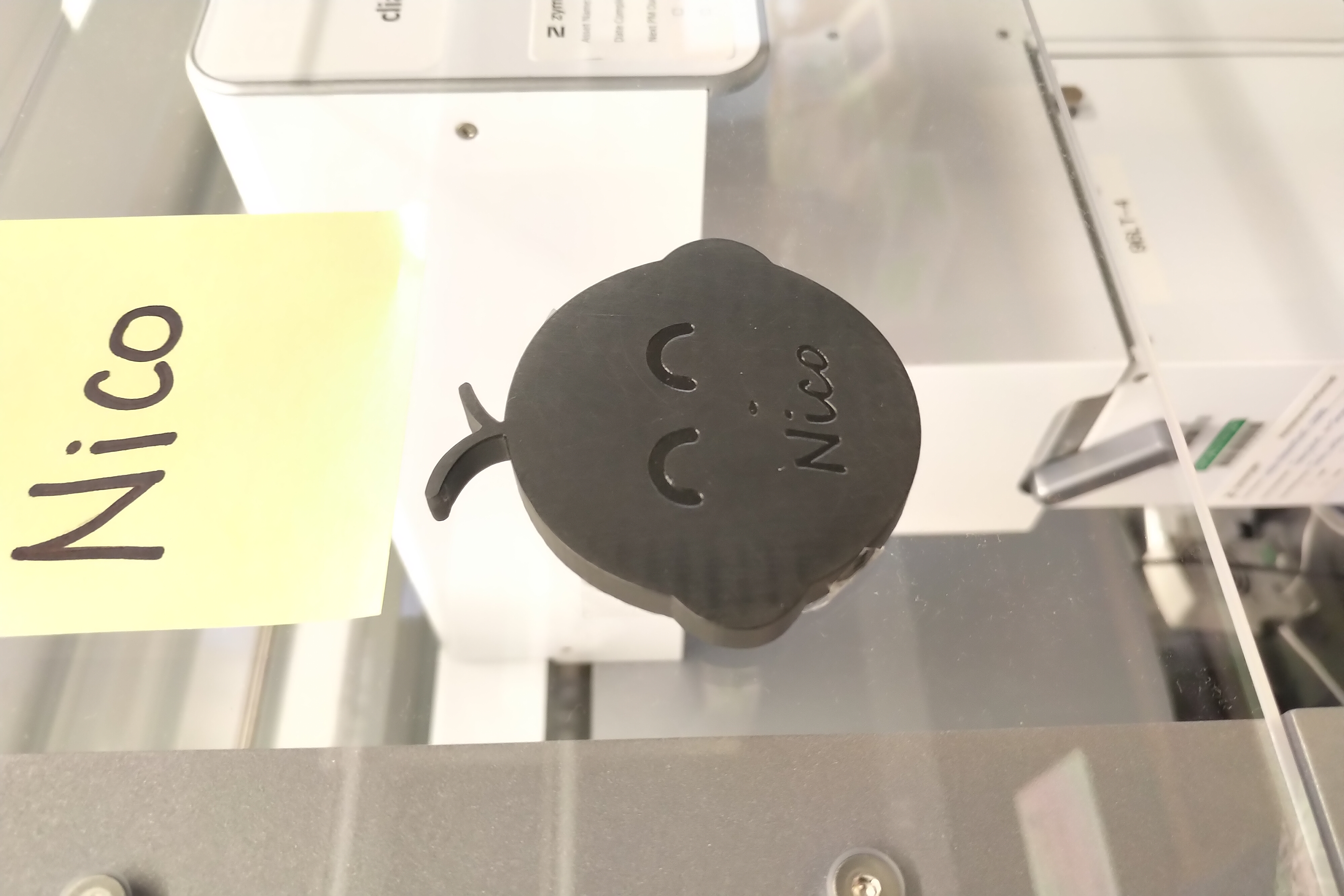
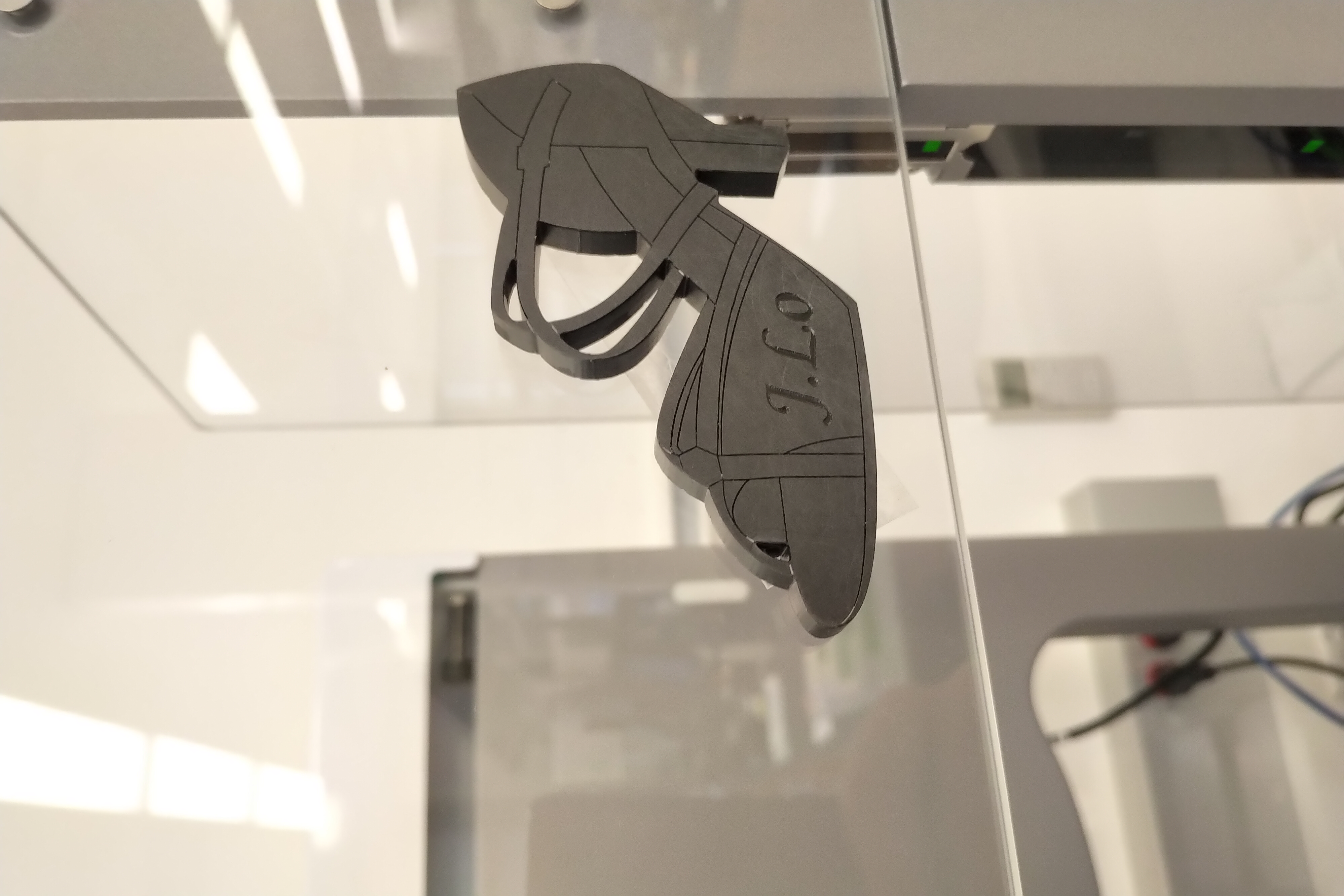
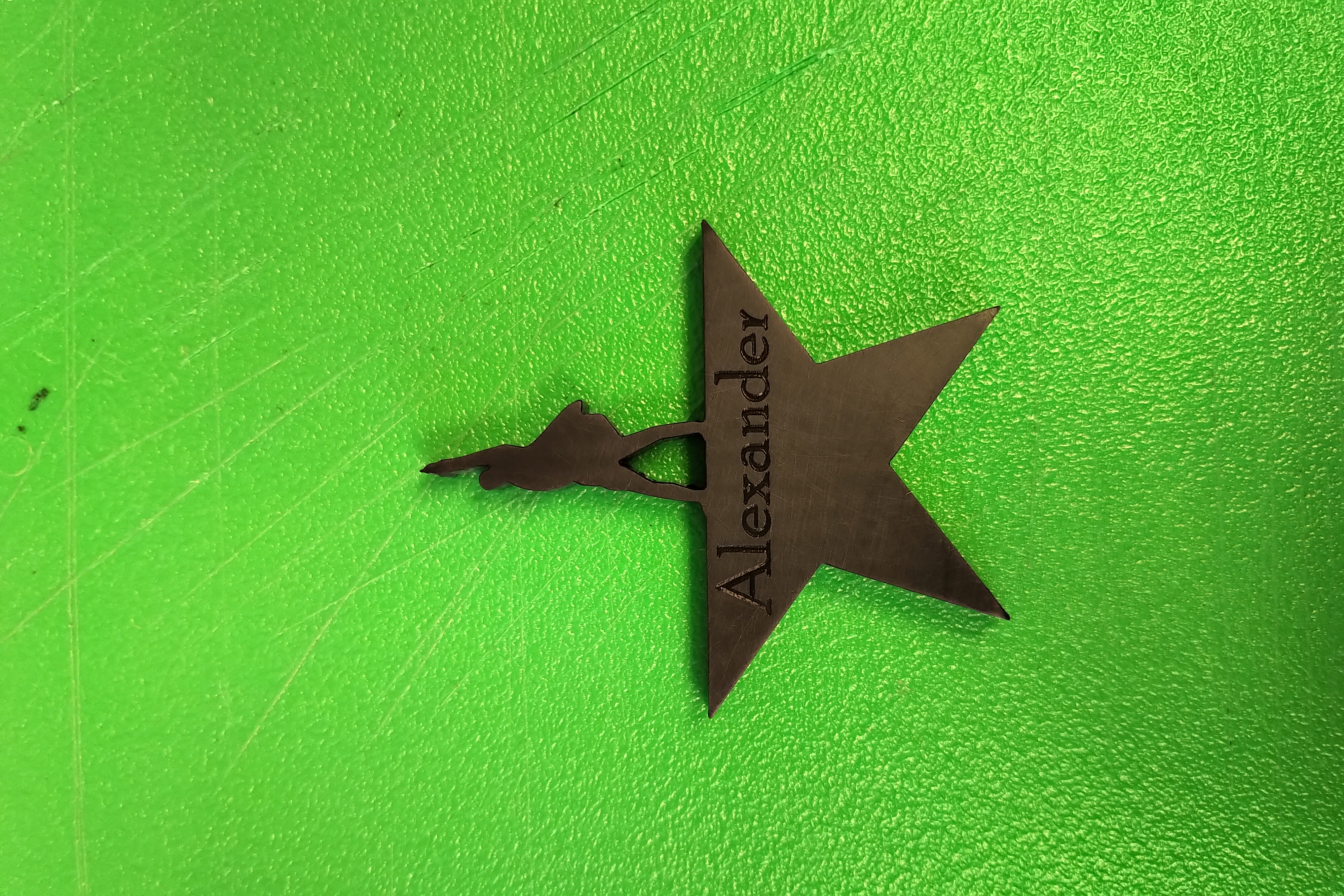
We also had our first COVID scare that I randomly stumbled upon and it hit me a bit hard. I always stayed up late working on the next pressing problem and would end the night with a sweep through the lab to toss out biohazard and chemical waste that was left over. As I opened the door and entered the room, two supervisors who had already left for home were sterilizing work surfaces and quickly turned and stared at me. This was the first time any of us were fully suited with an N95, disposable coat, gloves, and protective eyewear. I was told “you should probably get out of here”, so I closed the door and walked away. As I was heading back to my desk, I found one of the senior management team members similarly suited and spraying down the common area. The contrast of humor and smiles during the day to grave seriousness in the night was piercing. Not only had people that I cared about risk getting sick, but I personally could have brought down the whole operation since I freely interacted with all teams without any protective measures. The individual ended up testing negative, but more appropriate measures were employed afterwards for the safety of our squads.
At some point near the end of the third week of my stay, I think I had some form of stress induced breakdown that lasted for a couple of days. I had received news that my application for the National Science Foundation Graduate Research Fellowship Program (NSF GRFP, for short) had been rejected. I had an intense session of self deprecation where I heavily criticized myself - there really isn’t a point to sharing gibberish self hate, but here’s a transcript of one internal session:
Welcome to your new life. The place you thought was safe is in fact hostile. Going back is equivalent to giving up. Do you want to give up? Can you give up? The meaningful relationships you thought you had actually do not exist. Congratulations. What have you been doing with your life? How the fuck do you not have friends? You cannot share your experiences with the one that you care about. They do not understand your world and you do not have the energy to recreate a mental image for them. Living through your world once is already demanding in itself. Absorb as much information as you can while understanding that at least a third of it will be incorrect and another third will not be relevant. Find the pieces that are actually useful. Wake up early or be discovered. Sleep late or be discovered. Being discovered is shameful. You are now working two shifts because you have nowhere else to go. Anything you once had is gone. You will be able to retrieve them one day, but that day is not today. Or tomorrow. Or the day after. Or next week. Probably not this month. You have clothes and a phone. At least that is more than what you were born with. Does it matter though? You do not really have a future anyway. You only managed to make it this far on hand outs. Send out as many applications as you want. You know what you will get back. It is the same as always. Society will not validate you. First class failure or a second class achiever. Take your pick. This is who you have always been and you cannot change it. Illusions otherwise will only bring more pain.
On April 10th, I thanked the shift supervisors for not evicting me, dropped off a package of tubes in San Leandro, and drove to Los Angeles to help pull my significant other out of the hot zone now that her school was operating remotely. From April to August, I usually operated on a Saturday to Wednesday schedule to provide support to the squads operating on the weekend since fewer people were around if they needed help with something, like the production of reagent plates for the assays. A lot happened during this time, but this is even more a blur for me. A lot of testing kits were made and I had to run to Costco a few times to get tens of thousands of Ziploc bags since Fisher bags were back ordered. I drove to San Quentin to drop off testing kits since they urgently needed them to assess the outbreak they had there. I also spent quite a bit of time helping out protein science team produce viral proteins on a machine that I made before they shipped off to collaborators around the world. If anything else is remarkable, hopefully someone can help me remember.
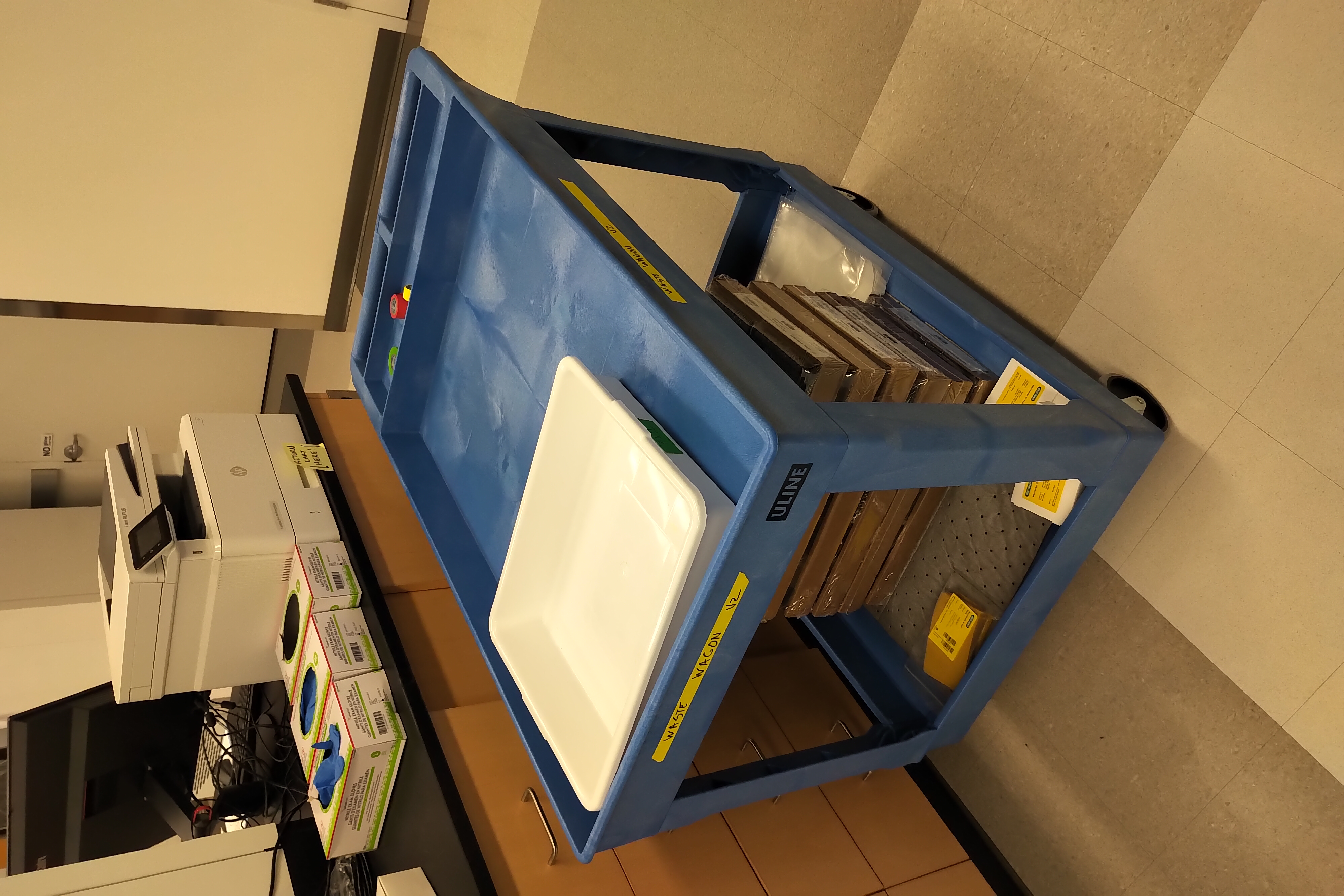

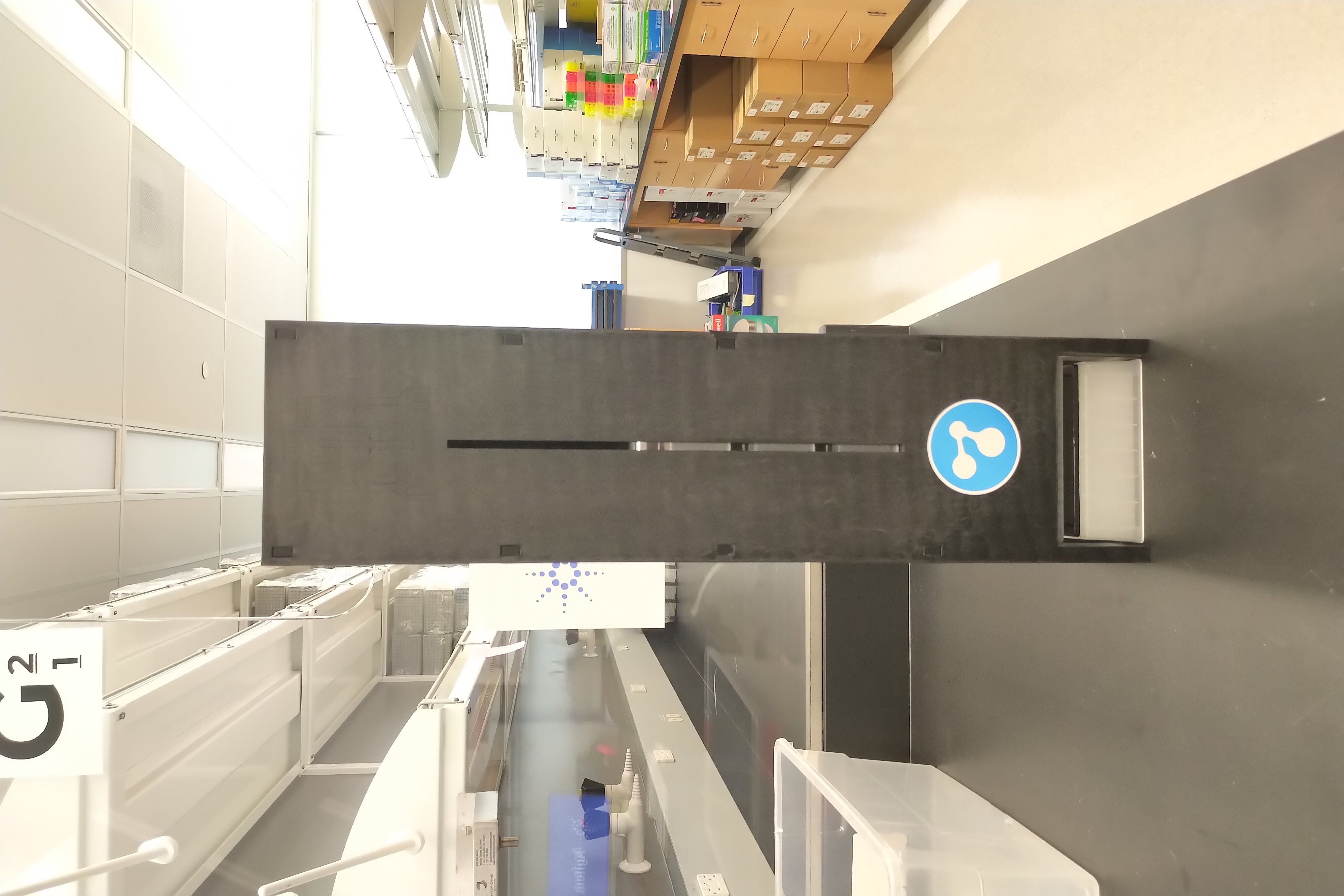

This was a truly exceptional opportunity to make an impact in the state and I am glad that I had the opportunity to work alongside many of these talented and hardworking individuals. I left having a much greater appreciation and respect for everyone there and only wish that Californians heeded the advice from late February regarding basic preventative measures everyone could have taken to limit the spread of the disease.
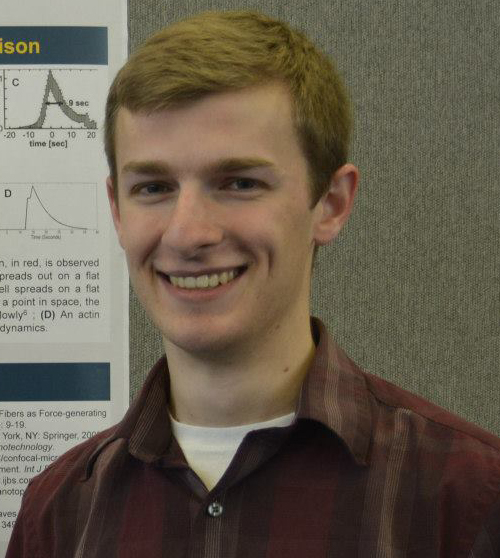
Leave a Comment
Comments are moderated. Email won't be published. All fields are required. *